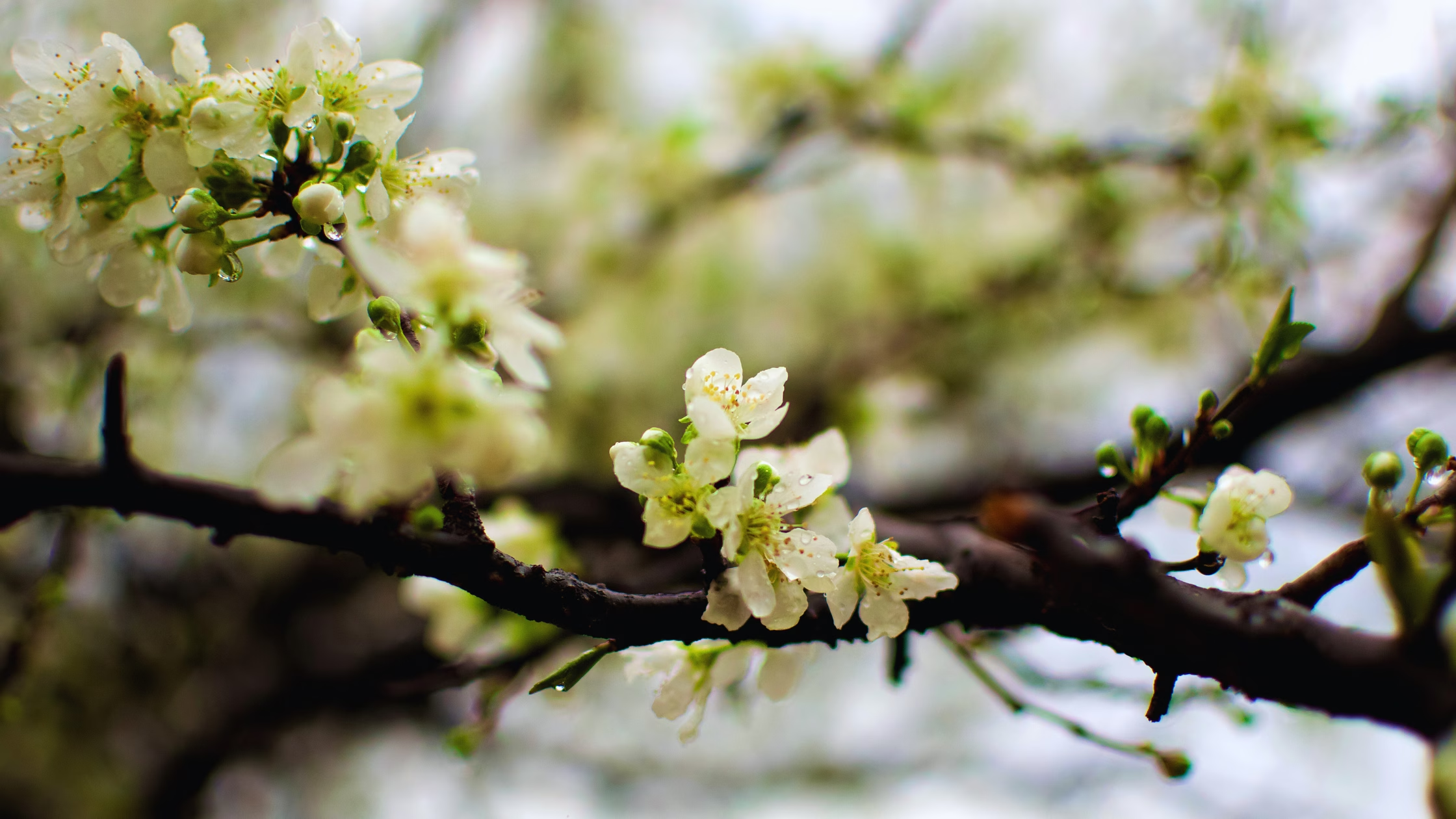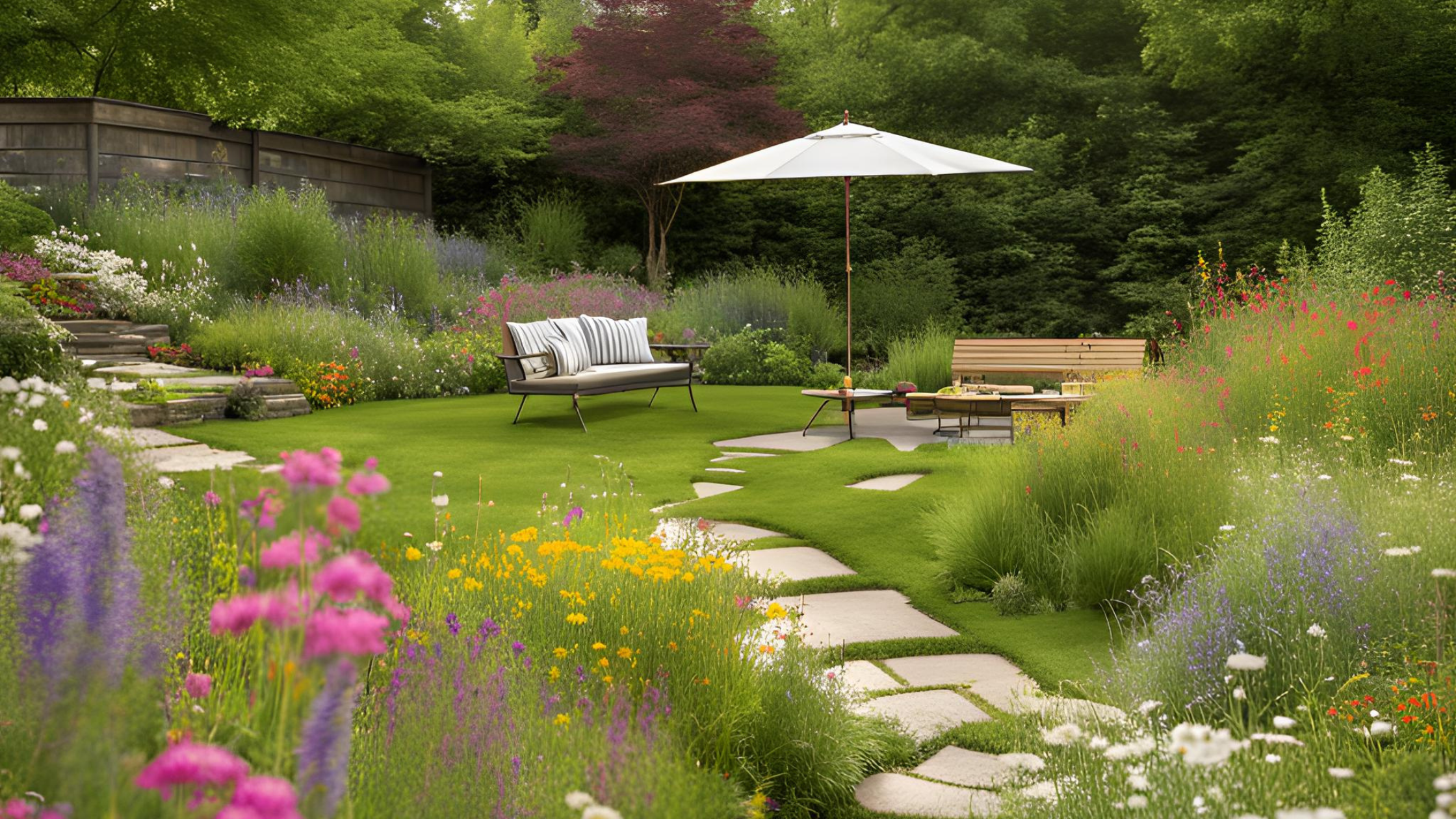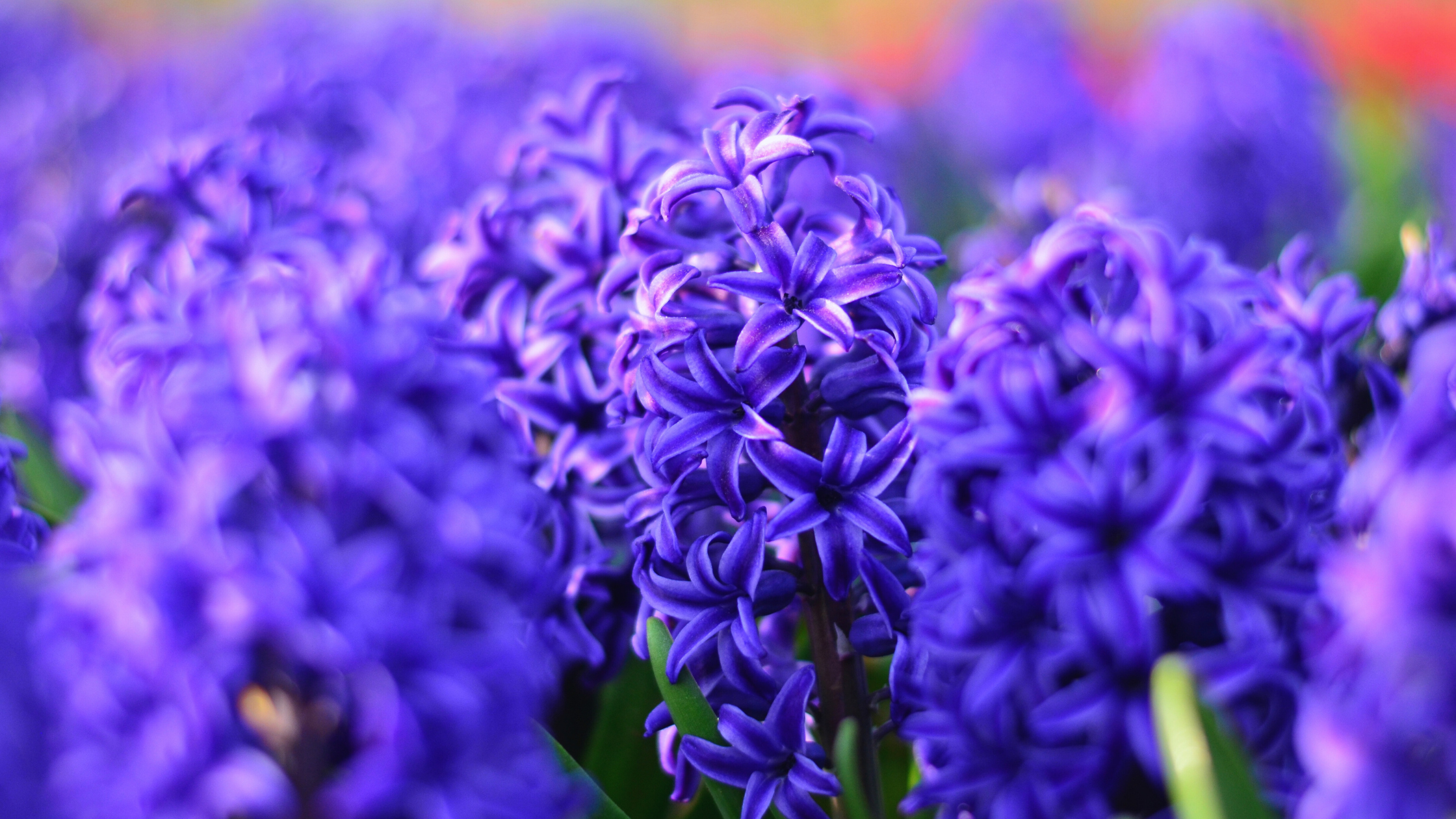March is the bridge between winter and spring, making it a crucial month for gardeners in the Mid-Atlantic! From starting seeds and pruning shrubs to refreshing garden beds and prepping for early blooms, this checklist covers everything you need to set your garden up for success. Get ready to welcome warmer days and a season of growth with these essential March gardening tasks!
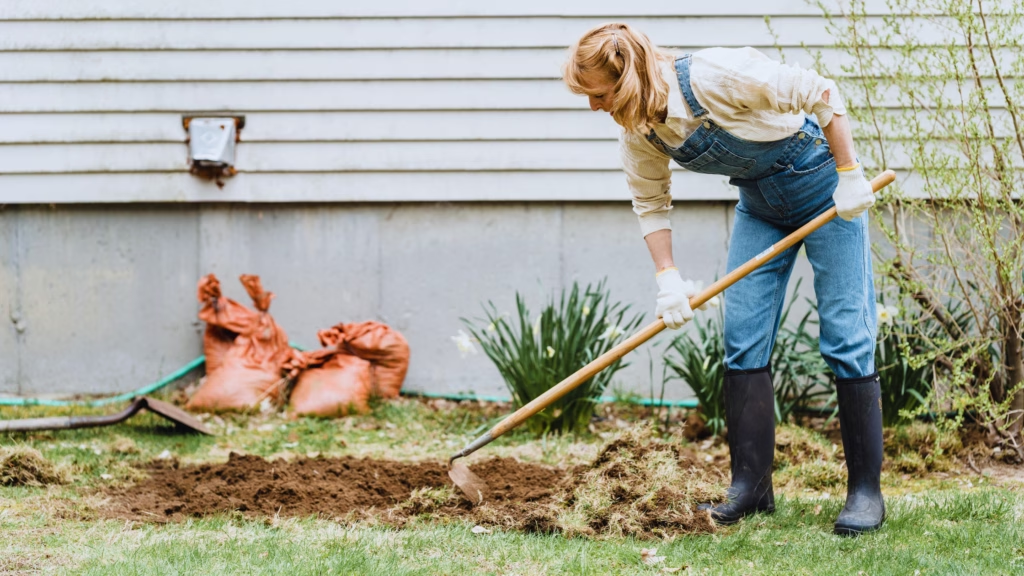
March Gardening Checklist
ANNUALS:
-Transplant cool-weather seedlings into larger pots to allow for more growth. If you used grow lights, you may need to raise them at this point.
-If the ground is workable, prepare your flower beds for cool-weather annuals.
-Rake last years leaves and remove annuals from fall to allow for new spring plants.
-Repot and trim tropical annuals or container plantings ie geraniums, that you overwintered.
Product Suggestions:
- Gardening Tools 9-Piece Heavy Duty Gardening Hand Tools with Fashion and Durable Garden Tools Organizer Handbag – Great Gift ideal for her!
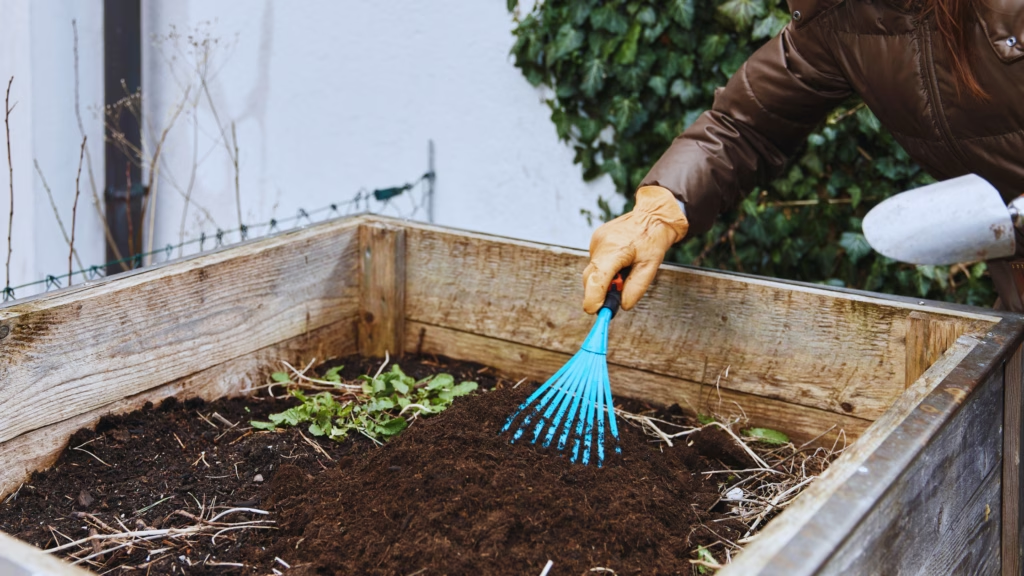
BULBS:
-Pot up summer-flowering bulbs to give them a head start. Tuberous begonias, caladium and dahlias perform better if they are already growing before going outside.
-Look out for already planted bulbs outside. If they are prone to deers or rabbits munching on them be sure to start spraying repellents as soon as foliage emerges. Reapply every 2 weeks!
-Remove mulch and winter debris from around spring bulbs but only if temperatures are consistently above freezing.
Product Suggestions:
- I Must Garden Deer Repellent: Mint Scent Deer Spray for Gardens & Plants – Natural Ingredients – Natural and safe
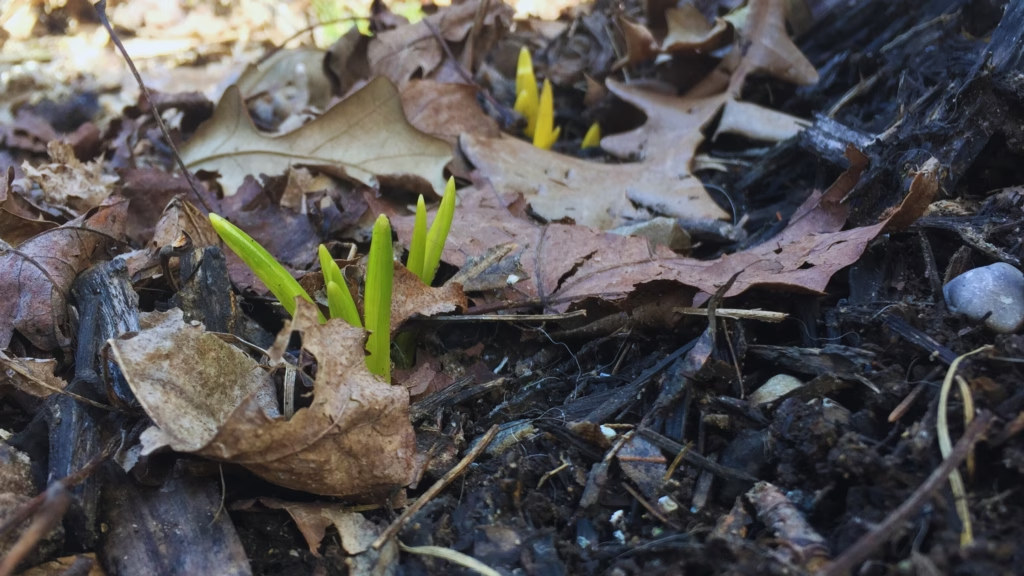
PERENNIALS + ORNAMENTAL GRASSES:
-Cut back perennials from last year. This is the time to clean up the garden before things start taking off. The exception being lavender, wait until you see new growth which will be around May.
-Look out for Hellebores or other early-bloomers and gently clear away any winter debris.
- Related article: Shade Loving Perennial: Hellebore
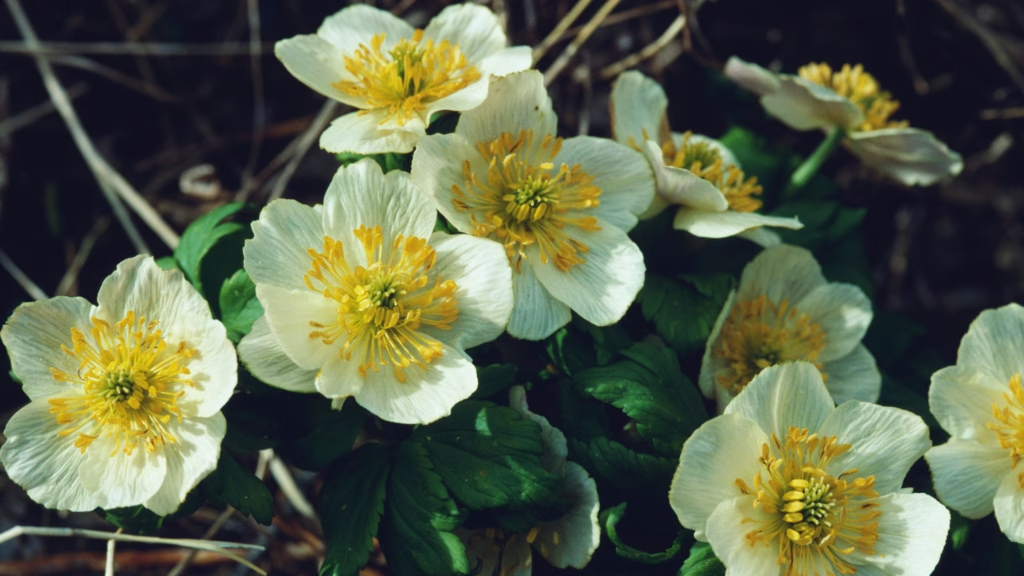
GROUNDCOVERS:
-Edge groundcover beds. If two or more different groundcovers take up the same space, now is a good time to create a new hedge between them.
-Prune groundcovers now. Remove dead plants or vines and prune for size control – junipers and cotoneasters being good examples.
-Consider applying preemergent herbicides to groundcover beds to prevent weeds from sprouting. Always check product labels.
- Related article: The 10 Best Ground Cover Plants
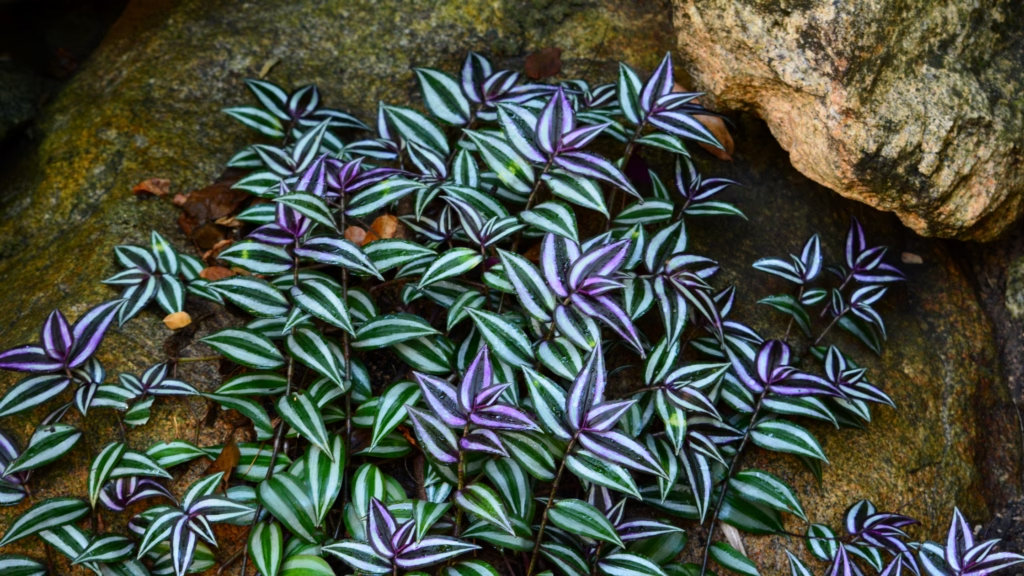
SHRUBS:
-Prune shrub rose bushes to stimulate new growth. Remove at least 1/3 of the oldest canes back to the soil line.
-Check the PH levels of the soil around hydrangea plants. For hydrangeas that change colors depending on the acidity of the soil, now is the time to amend it. For blue blooms add sulfur and pink blooms add lime.
-Fertilize blueberries.
Product Suggestions:
- Soil pH Meter, MS02 3-in-1 Soil Moisture/Light/pH Tester Gardening Tool – Amazon Best Seller!

TREES:
-Prune newly planted trees to establish shape.
-Mulch around trees, but take care to keep the mulch from touching the trunk.
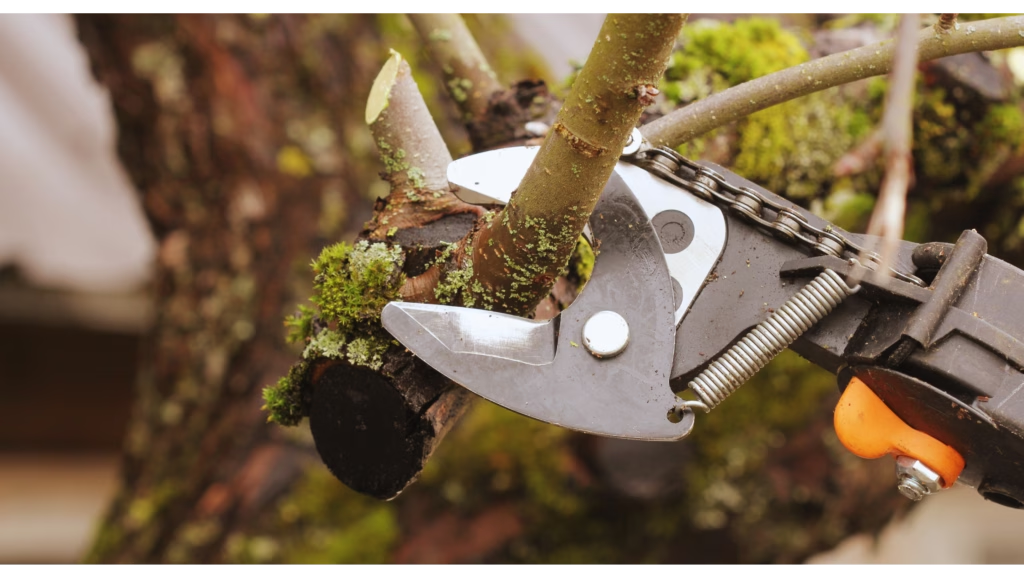
TURFGRASS:
-Mow and water overseeded lawns if temperatures are consistently above 60 degrees Fahrenheit and if rain has not occurred in over a week.
-Apply preemergent herbicides to prevent summer weeds. Again be sure to follow package instructions.
VEGETABLES AND HERBS:
-Plant peas early this month as soon as the ground is workable. For zones 5 to 6 , plant peas later in the month.
-Later in the month, sow seeds indoors for warm-season vegetabhles and herbs ie: tomatoes, basil, peppers and eggplants.
-In warmer areas sow radishes, carrots, lettuce and dill.
-Sharpen and clean gardening tools like pruners, spades and loppers and have them ready to go for the busy season ahead.
Product Suggestion:
- Gardeners Basics Survival Vegetable Seeds Garden Kit Over 16,000 Seeds – The only purchase you’ll ever need to make
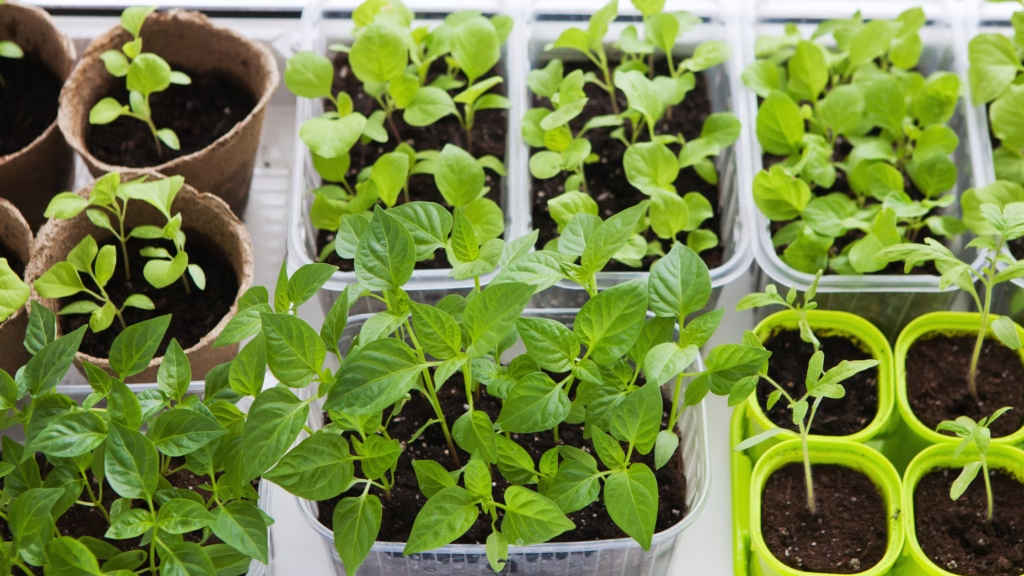
VINES:
-Construct trellises, arbors and other vining support systems to help introduce new climbers into the garden. Make sure to match the structure to the plant as climbing hydrangeas are large, woody and aggressive vines that require a sturdy structure. Hummingbird vines are thinner so do well with and arbor.
-Prune Boston ivy, Virginia creeper, honeysuckle, trumpet creeper and hardy kiwi to control size.
Product Suggestions:
- Gardener’s Supply Company Extra Tall Garden Arch Arbor | 80 Inch Tall Titan Squash Tunnel – Amazon’s Choice!
- Gardener’s Supply Company 7 Foot Tall Garden Obelisk | Sturdy Steel Jardin Trellis

March is a time of renewal, and your garden is ready to wake up from its winter slumber. By tackling these essential tasks now, you’ll set the stage for a thriving, vibrant landscape in the months ahead. Whether you’re starting seeds, pruning for healthy growth, or refreshing your soil, every small effort adds up to a lush and beautiful garden. So grab your gloves, embrace the longer days, and enjoy the rewarding process of preparing for spring!
Happy gardening! x
Source:
Disclaimer: As an Amazon Associate, we earn from qualifying purchases. This helps support the blog at no extra cost to you!
